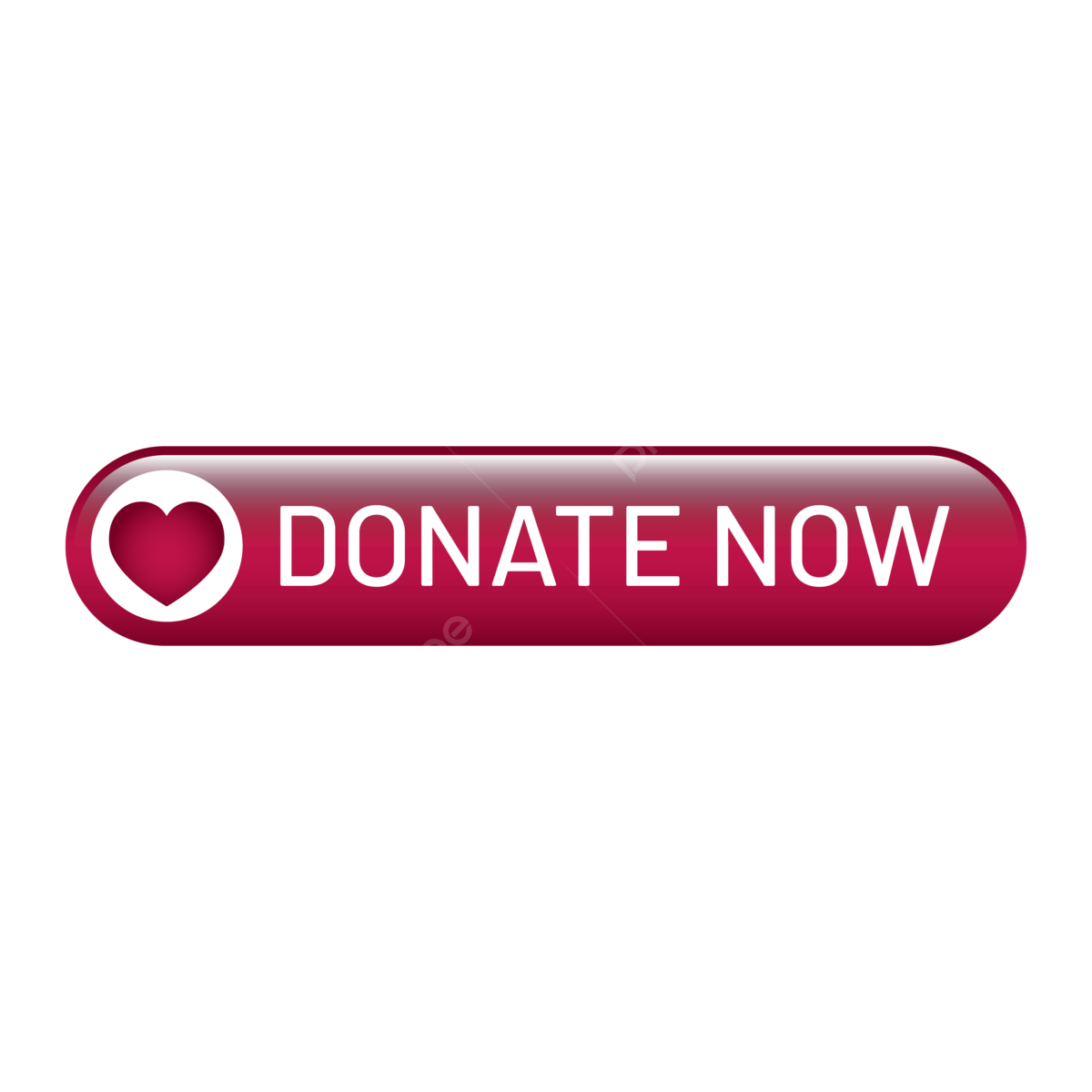Be Careful What You Wish For: Cancer Is Not a Way Out From Pain
/By Cynthia Toussaint, PNN Columnist
When my oncologist recently spewed the worst word I’ve ever heard -- “recurrence” -- everything in my mind sped up and stopped at the same time. I made a brutal fight for my life in 2020 against Triple Negative Breast Cancer, but came up short.
Now launching my second battle, a misguided myth disheartens me. Many of us with pain say things like, “I wish I’d been lucky and gotten cancer instead, because with cancer you either die or get better.”
WRONG! I now see this thinking as a cop out, a “poor me” pity party and gross disrespect for those who fight for their lives.
Let me break the suspense. If you ever get the Big C, it will not deliver you from your suffering. You won’t be jumping up and down with glee because your pain problems are over. Like the rest of us, you’ll take on the fight of your life and your pain will quickly take a back seat.
Here’s more upending news about the “deliverance” mythology: With all of cancer’s apparent “perks” (abundant research, unending sympathy, bountiful support, etc.), it’s anything but the ticker-tape parade of arm-locked togetherness. In reality, an aggressive cancer diagnosis is a new brand of isolating, hellish suffering with death as a probable outcome.
Then there’s this: Cancer fetches a morbid world of trespasses. Many project their fears by pummeling us with religious fervor. It’s unsettling to receive pious magazines and missives about the new body I’ll soon have, the one without pain. Friends and people I don’t know remind me of how lucky I am to be nearing death’s door, because the other side will be paradise.
A head’s up! With cancer, even more than being in a wheelchair, one becomes public domain, open to an onslaught of good intentions delivered with a heaping side of judgement.
And there are the bizarre jealousies. I can’t believe I’m writing this. Have you ever noticed that many in the pain world compete? It’s all too often about who’s the sickest, who’s agonizing most. When you go to the front of the line with cancer, people can get cruel because you’re hailed as the winner of the “Can’t Get Worse Than This” award. Well, three cheers for me!
Soul-Sapping Support
Most heartbreaking, just when I thought my support system couldn’t atrophy further, people have scurried. A number of my close friends who stayed through my decades of pain have stunningly distanced themselves or pulled away altogether. Friends that I believed were strong enough to withstand anything, my rocks, crumbled.
And, ah yes, the platitudes. If I hear “You got this” one more time, I may lose whatever I still got. “Good luck” while walking away has become code for “I’m not strong enough for this scene, but I hope you can keep yourself above ground.”
Then there’s the classic, “If you just think positively, everything will be fine.” Far from it. Faking positivity is the most energy-draining, soul-sapping activity known to humankind.
Have you ever heard the term, “scanxiety”? If not, that’s because you haven’t had cancer with its phobic-driving medical scans that endlessly loom. It may surprise you (it did me!) to learn that cancer falls into the chronic illness category, a potentially terminal co-morbidity. Even if you hit the jackpot of remission, you’re doomed to a life of fearful obsession over the possibility of recurrence. With cancer, I guarantee you’ll never, ever again be gifted a moment of real peace.
For these reasons, and the many I don’t have room to share, I implore you to stop thinking that cancer is the way out of pain. To the contrary, if you’re ever diagnosed with a life-threatening malignancy, you’ll be praying for the good ol’ days. Just as I do.
Also, it’s an insult. There are many of us, fighting for our lives and weathering horrendous therapies just to have one more shot -- therapies that often leave us with increased life-long pain. So, please check yourself the next time you have the impulse to blithely state how people with cancer are the lucky ones.
I’m ashamed of the things I used to think and say. I was wrong and out of line. I apologize to all, past, present and future, who had, have or will have courage I didn’t honor.
Sorry for the finger-wagging. I know we’re struggling to cope with the day-to-day torture of our pain, along with the dread that our suffering will likely go on till we’re no longer. But desiring worse isn’t the answer. I guess I’ve seen too much now to put up with ignorance and lack of self-worth. Cancer does that to you, especially the second time around.
This boils down to the power of thoughts and words. I believe they have the sway to make us sick or well. Choose them wisely, and be careful what you wish for.
Cynthia Toussaint is the founder and spokesperson at For Grace, a non-profit dedicated to bettering the lives of women in pain. She has lived with Complex Regional Pain Syndrome (CRPS) and 19 co-morbidities for four decades, and has been battling cancer since 2020. Cynthia is the author of “Battle for Grace: A Memoir of Pain, Redemption and Impossible Love.”










